- The Yahwan Railway jointly built by China and Indonesia is a model for the implementation of the the Belt and Road Initiative
Recently, Mari Elka Pangestu, former Executive Vice President of the World Bank and former Minister of Trade of Indonesia, said in an exclusive interview in Beijing that since the the Belt and Road Initiative was put forward 10 years ago, in addition to carrying out large-scale infrastructure projects, China has also implemented a number of small and beautiful livelihood projects, responding to many questions about the the Belt and Road with facts.
Mari Elka Pangestu, former executive vice president of the World Bank and former trade minister of Indonesia: At first, there were some large-scale infrastructure projects, such as the Mombasa Nairobi (Mombasa Port Nairobi) Railway, the Asia Europe Railway, the Trans-Eurasia Logistics, the Indonesia Yawan Railway and other large-scale projects. From 2017 to 2019, the the Belt and Road Initiative not only carried out large-scale infrastructure projects, but also started to become smaller, more prioritized and more strategic, and expanded to green, clean, low-carbon and other fields. In the past 10 years, we have learned a lot from the the Belt and Road Initiative. The development of the world still requires a large amount of infrastructure to promote. At this stage, we are dealing with the Climate crisis and digital challenges. Both of them will become an important part of the the Belt and Road Initiative.
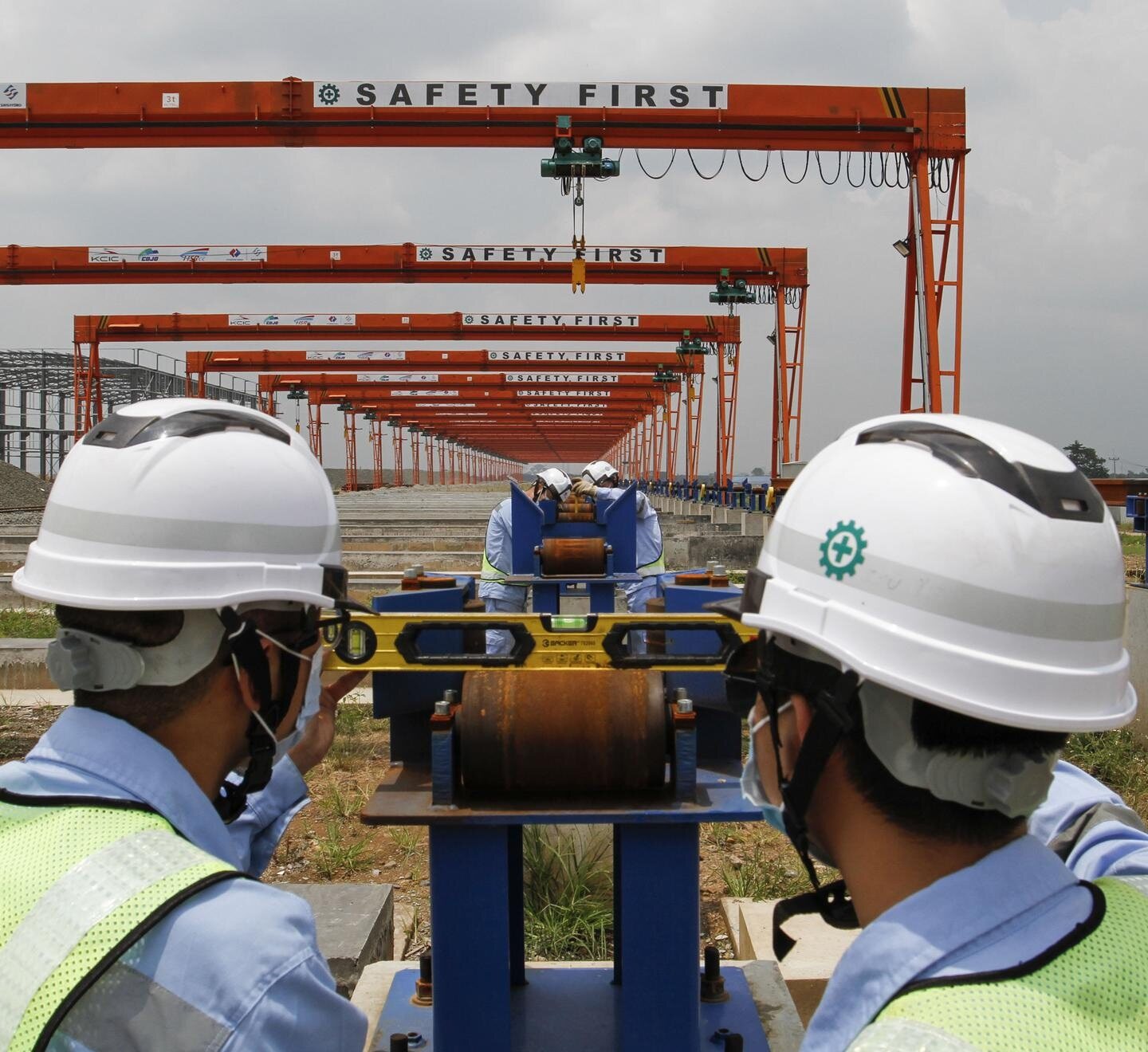
Globally, the joint construction of the the Belt and Road is making more and more people enjoy the development dividend. The Yawan Railway jointly built by China and India is a model for the implementation of the Belt and Road Initiative. Mari Elka Pangestu said that when people take the Ya'an Wanzhou Railway, they can personally experience the real benefits of the the Belt and Road Initiative.
Mari Elka Pangestu, former Executive Vice President of the World Bank and former Minister of Trade of Indonesia: Indonesia Yavan Railway will be opened in 2023. Once the Yawan Railway is opened, people will feel convenience from it. Indonesian young people are also proud to have high-speed trains using Chinese technology, and they are learning from both China and Indonesia. During the implementation of these projects, we learned how to ensure the drive of local people, improve the technical level of local institutions and engineers, and other regulations, so that they can operate together in the later stage. I hope that the Indonesian people will eventually successfully operate and maintain this high-speed railway.
However, the current global problems are intensifying, and the international environment facing the joint construction of the the Belt and Road is becoming increasingly complex. Mari Elka Pangestu said that the the Belt and Road Initiative in the future needs to introduce more external resources, improve connectivity through infrastructure construction, trade facilitation, investment flows, and personnel flows, and form a truly strong supply chain within the the Belt and Road family.Editor/Ma Xue
Comment
 Praise
Praise
 Collect
Collect
 Comment
Comment
 Search
Search


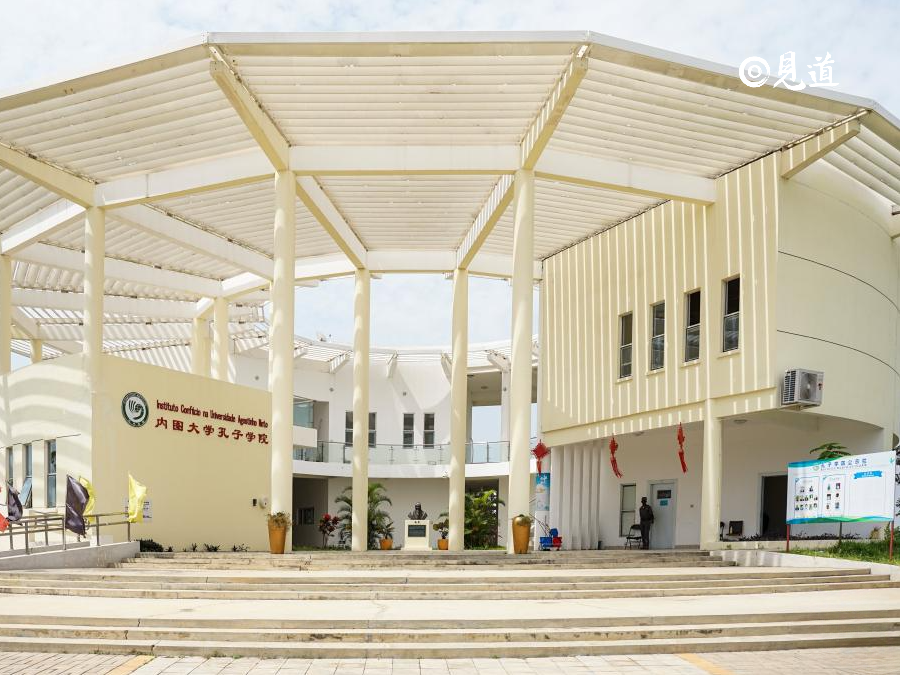
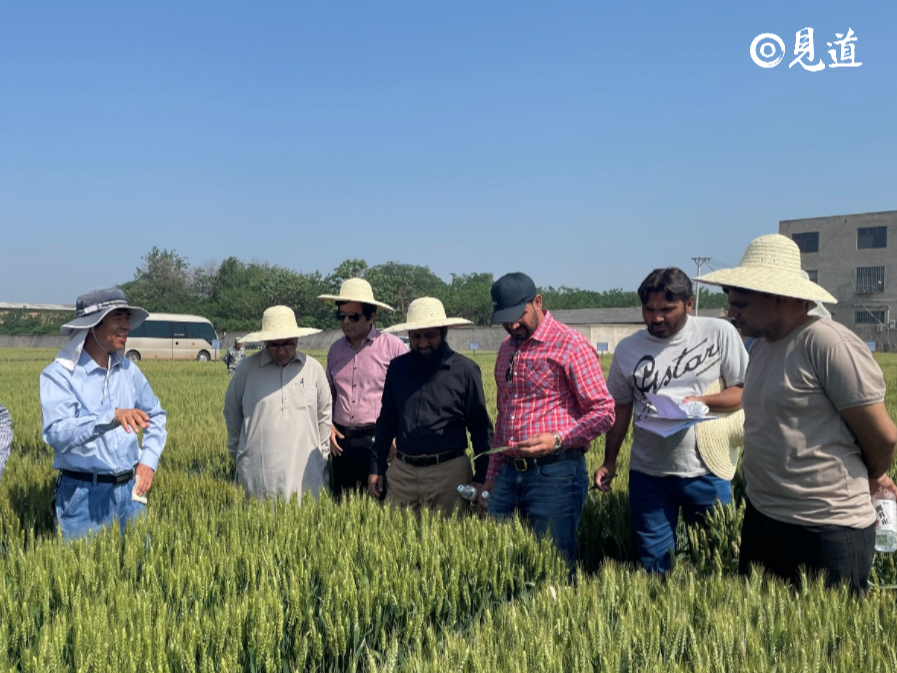
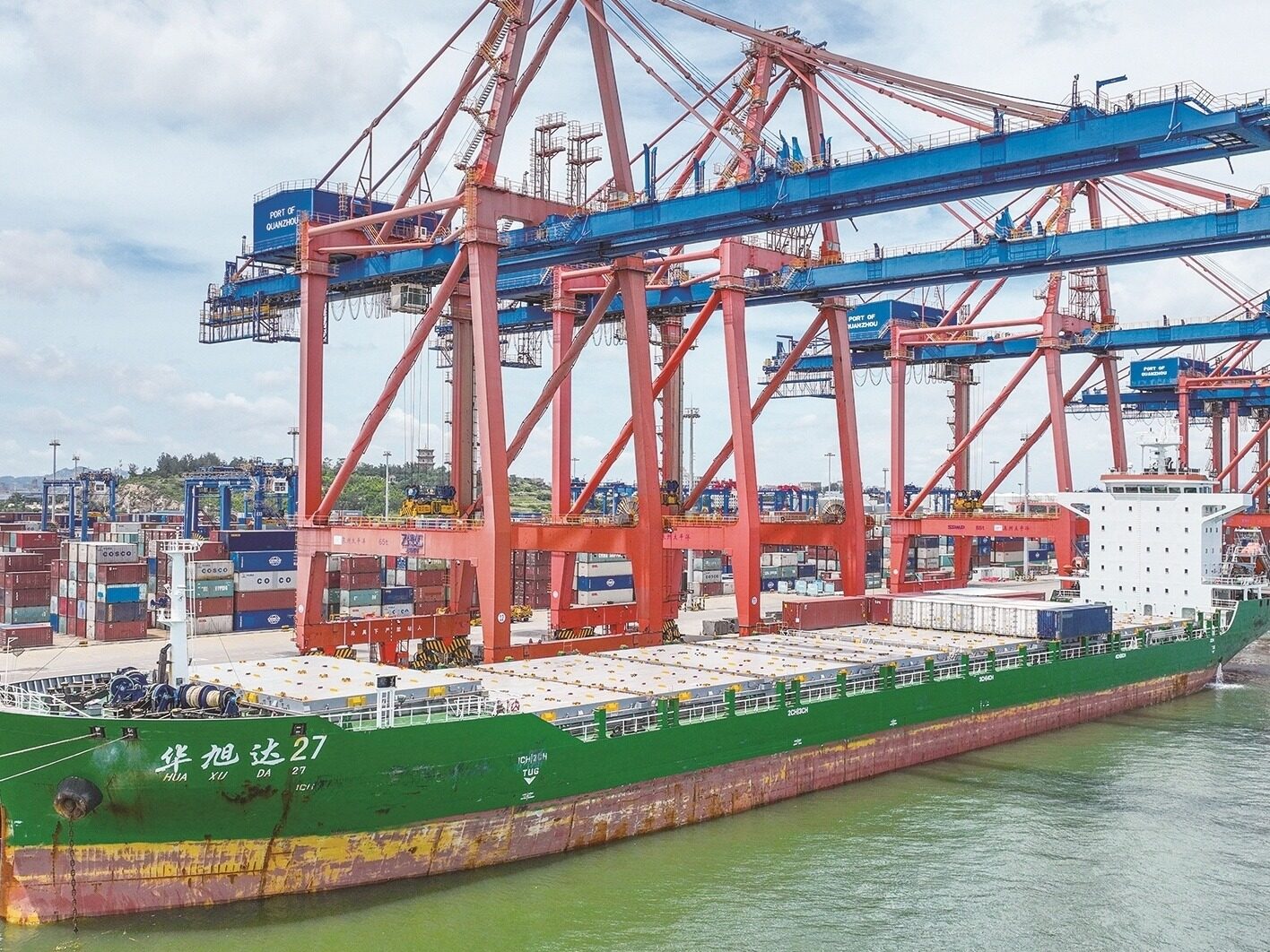
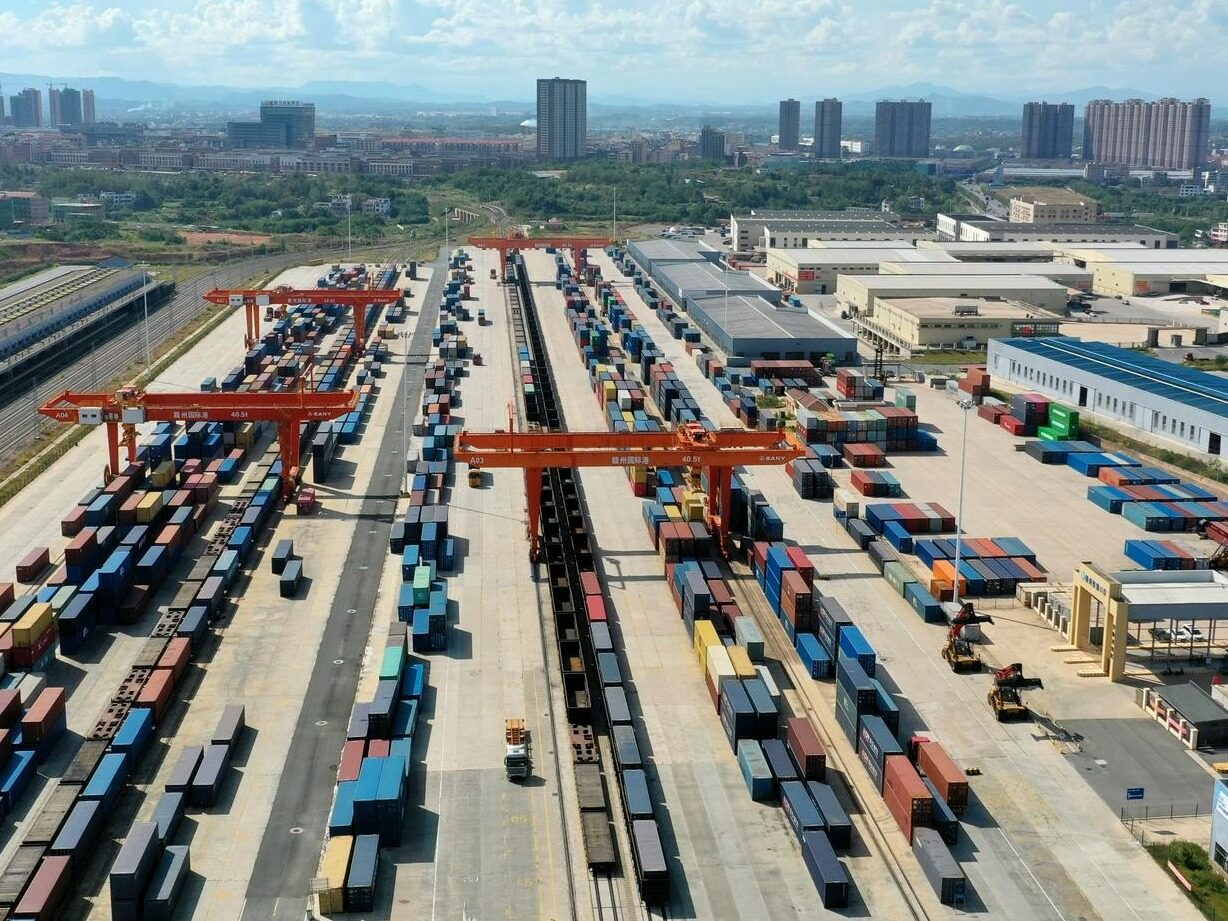
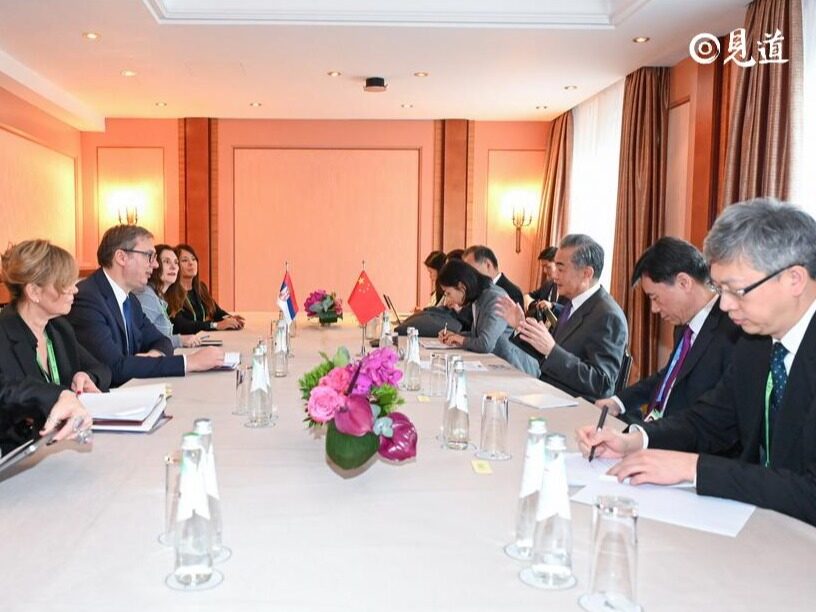
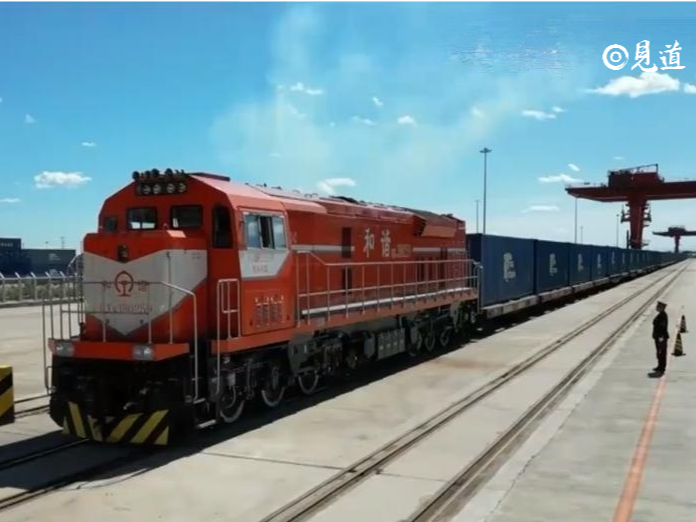






Write something~